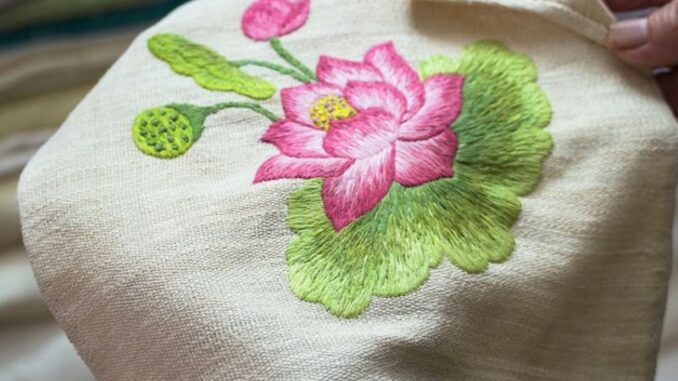
Silk is one of the most popular and luxurious fabrics in the world, but did you know that there is a new and rare type of silk that is made from lotus stems? This is Vietnam Lotus silk, a unique and innovative textile. Unlike traditional silk made from mulberry silkworm cocoons, lotus silk is extracted from the fibrous stems of lotus plants. This process, while painstaking, is remarkably eco-friendly as it utilizes a readily available resource and leaves minimal waste.
Origins and Development
Viet Nam is located in the natural lotus distribution of the world, with lotus plants across the country, especially concentrated in the wetlands of the Mekong Delta. The lotus plant parts such as seeds, leaves, buds and roots have been harvested with great economic value through the use of medicinal herbs, cosmetics and as daily food. However, the main part of the lotus plant – the lotus stem is barely used.
Vietnam Lotus silk is a type of textile produced using delicate lotus stem fibers. It is a new and rare form of silk that was introduced to Vietnam by artisan Phan Thi Thuan in 2017. She learned the technique from Myanmar, where lotus silk weaving originated in the early 1900s. Lotus silk is considered one of the most expensive fabrics in the world, due to the complexity and labor-intensive nature of weaving lotus fibers. To pull 25 kg of silk thread, she needs 100 tons of lotus stem.
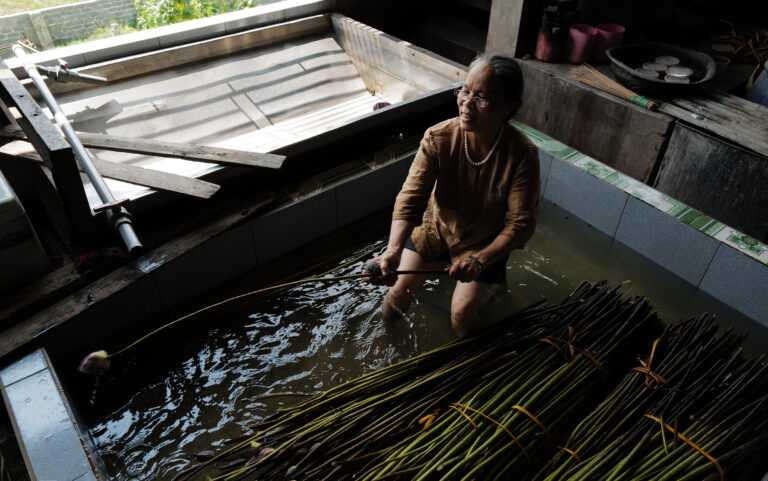
Speciality of Lotus silk
Lotus silk has a unique scent and texture, and is considered one of the most expensive fabrics in the world. It is also eco-friendly and sustainable, as it uses natural materials and does not require any chemicals or dyeing. Lotus silk can be used for various clothing and decorative products, such as scarves, dresses, pillows, and paintings. Phan Thi Thuan hopes to preserve and promote this traditional craft, and to share the cultural and spiritual values of Vietnam through her lotus silk products.
The process of making Lotus silk
Lotus silk is a type of textile produced using delicate lotus stem fibers. The process of making lotus silk is complex and labor-intensive, and requires a lot of skill and patience. Here are the main steps of making lotus silk:
Harvesting: The lotus stems are harvested from the ponds where the lotus flowers grow. The stems are cut at the base and collected in bundles.
Washing: Each stem has to be washed to remove the mud and get rid of thorns before the spinning can begin.
Extracting: The lotus stems are cut around by a knife and the fine fibers are extracted by hand. The fibers are then twisted and pulled to form a thin thread.
Spinning: The lotus thread is spun by hand on a wooden spindle to create a smooth and even yarn. The yarn is then wound onto bobbins for weaving.
Weaving: The final stage involves weaving the natural fiber into cloth on a machine. To create patterns in them requires a lot of skill.
Boiling: Each sheet is then boiled at high temperatures for more than an hour to dissolve the lotus resin, and then dried out under the sun.
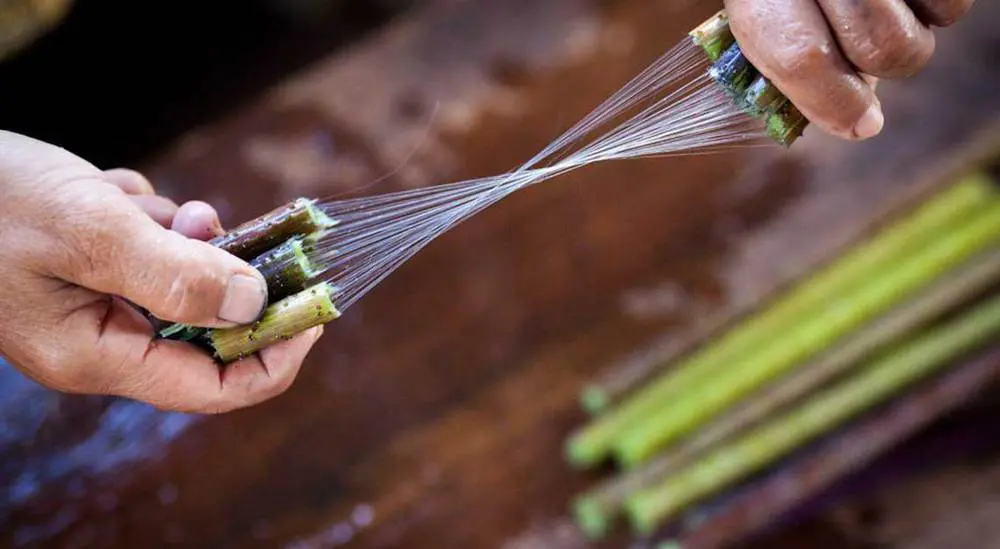
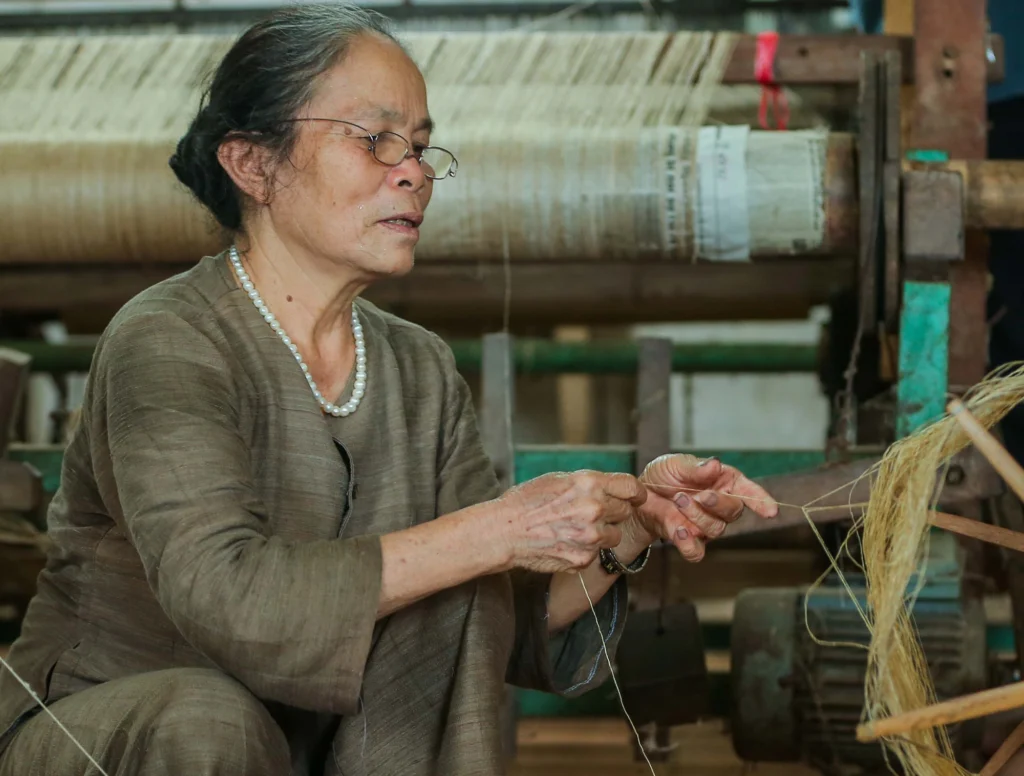
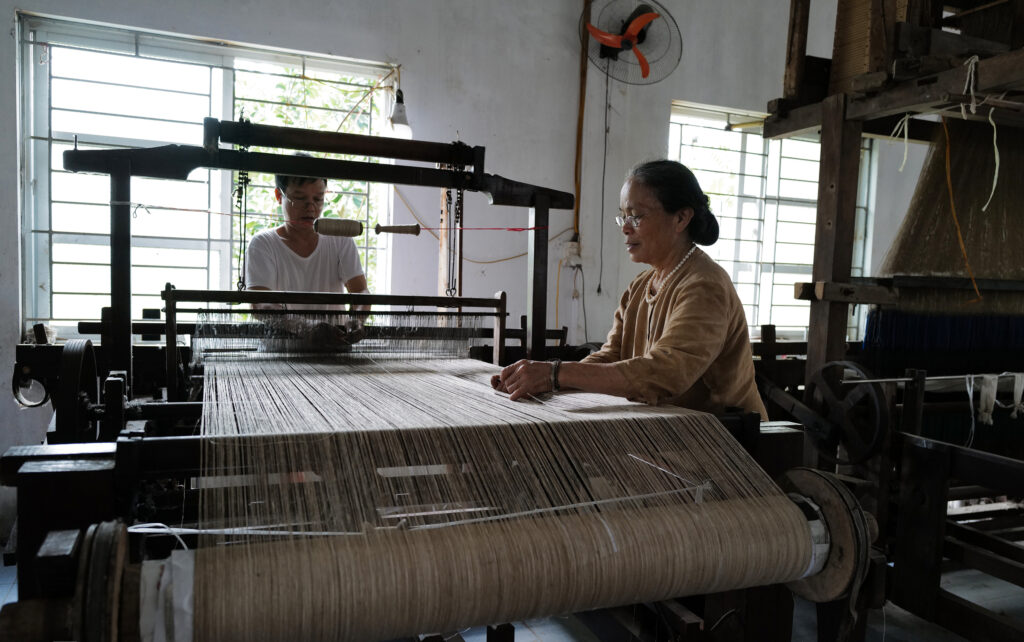
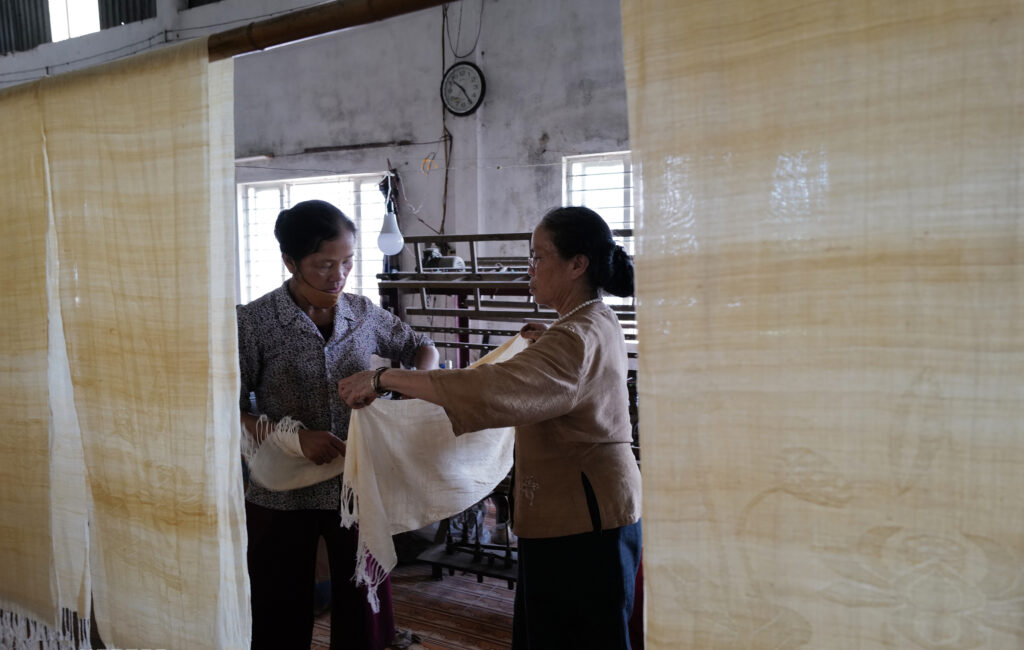
Lotus silk is often used to make scarves, shawls, and other clothing items. It can also be used for home décor items like wall hangings, pillows, and tablecloths. In Vietnam, lotus silk is considered a luxurious and precious fabric, often gifted on special occasions.
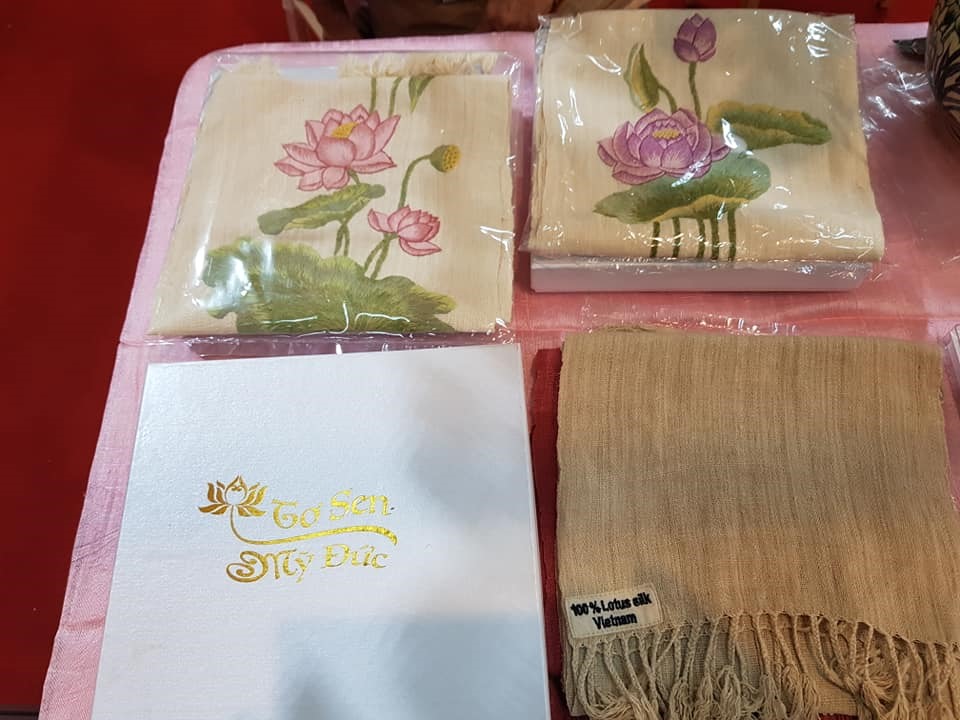
If you are interested in Lotus silk, You can visit the Phung Xa village near Hanoi, where Thuan established the lotus silk weaving industry. Or can search several online artisans and retailers that offer lotus silk products.
Make your plan to Vietnam right now by obtaining a Vietnam visa at https://www.vietnam-evisa.org. We, a reputable and reliable Visa service, will assist you turn your plan into reality at the very first step.